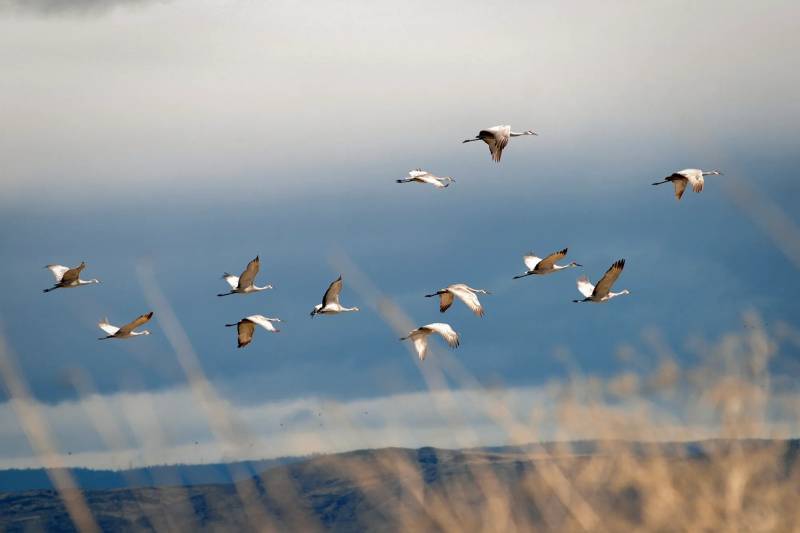California lawmakers and Gov. Gavin Newsom are poised to enact a package of bills that aim to speed up lawsuits that entangle large projects, such as solar farms and reservoirs, and relax protection of about three dozen wildlife species.
Newsom and Senate and Assembly leaders unveiled the five bills earlier this week as they negotiated the state’s $310 billion 2023-24 budget. The deal ended a standoff over the governor’s infrastructure package, which he unveiled last month in an effort to streamline renewable energy facilities, water reservoirs, bridges, railways and similar projects.
The package of bills will make its way through the Legislature on an accelerated schedule. The bills include an urgency clause — meaning they would take effect immediately when Newsom signs but they also will require a two-thirds vote to pass.
Hearings have been scheduled for committees in both houses today. Debate may largely end up being a formality as the package has already been negotiated by Newsom and lawmakers behind closed doors.
The debate and negotiations focused on how California can speed up major projects that benefit the public while ensuring the environment is protected. The wide-ranging collection of bills take aim at broad swaths of state environmental policies shaping how state agencies approve large projects. For instance, the plan to build the Sites reservoir to add dams and store more Sacramento River water has been stalled for years as it undergoes environmental reviews and engineering planning.
One of the bills sets a time limit (PDF) for legal challenges for specified water, transportation and energy projects under the landmark California Environmental Quality Act (CEQA), which can entangle projects in court for years.
Another gives the state Department of Fish and Wildlife new authority to issue permits allowing species that are designated “fully protected,” (PDF) such as the greater sandhill crane and golden eagle, to be harmed by similar types of projects.
The compromise that Newsom and lawmakers reached seems to have accomplished what compromises rarely do: Environmentalists who initially criticized Newsom’s package say they are satisfied with the changes, and businesses and water agencies, which have backed the package from the beginning (PDF), support the changes, too.


